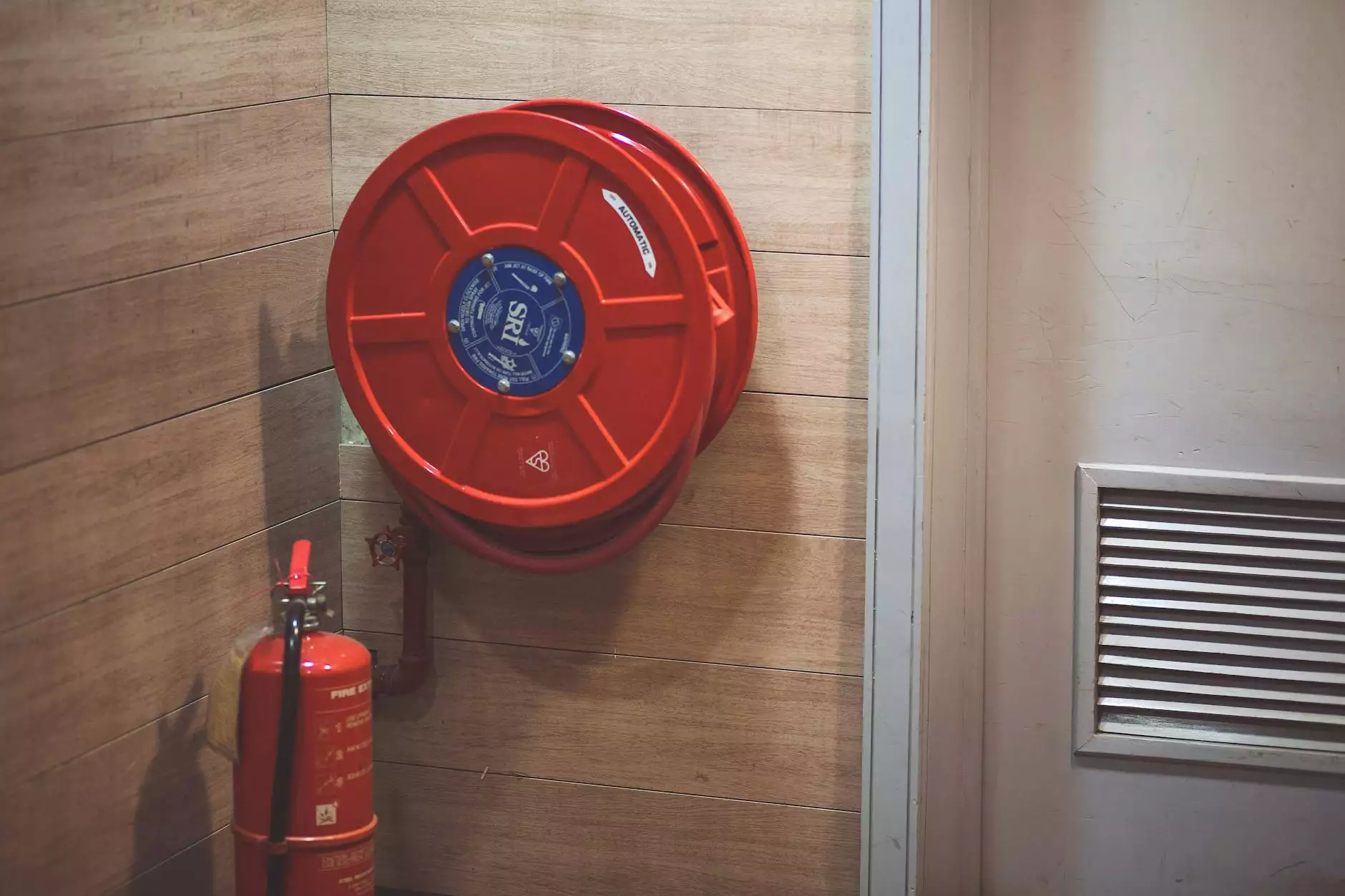The Importance of Emergency Breathing Equipment in Business Environments

In today's fast-paced business environments, ensuring the safety of employees and customers alike is paramount. One critical aspect of workplace safety is the use of emergency breathing equipment. This equipment is essential in various situations, such as chemical spills, fires, and other emergencies where breathable air may be compromised. This article delves into the significance of emergency breathing equipment, its types, and why every business should invest in it for the safety and health of their workforce.
Understanding Emergency Breathing Equipment
Emergency breathing equipment refers to devices designed to provide breathable air in hazardous environments. It is crucial in situations where the air quality is poor or compromised, allowing individuals to escape safely. These devices can be lifesavers, making it imperative for businesses, especially those in industries like manufacturing, healthcare, and construction, to prioritize their availability.
Types of Emergency Breathing Equipment
There are several types of emergency breathing equipment, each tailored to different scenarios:
- Self-Contained Breathing Apparatus (SCBA): This is a portable device that supplies air from a tank. It is commonly used by firefighters and first responders.
- Air Purifying Respirators (APRs): These devices filter harmful particles from the air, making them suitable for environments where oxygen levels are adequate but air quality is compromised.
- Escape Masks: Typically used for short-term escape, these masks are designed to protect against specific particulates and toxic gases.
- Emergency Escape Breathing Devices (EEBD): These are used for emergency exits in situations like shipboard incidents or confined space rescues.
The Importance of Emergency Breathing Equipment in Business
Investing in emergency breathing equipment is not merely a legal requirement; it is a testament to a company's commitment to safety and wellness in the workplace. Below are some essential reasons why businesses must prioritize this equipment:
1. Compliance with Safety Regulations
In many regions, OSHA (Occupational Safety and Health Administration) mandates that businesses provide a safe working environment. This includes appropriate measures to handle emergencies effectively. Emergency breathing equipment helps companies comply with these regulations, avoiding hefty fines and potential legal issues.
2. Protection Against Airborne Hazards
In industries such as manufacturing, construction, and chemicals, airborne hazards like toxic fumes and particulate matter pose significant risks to workers. Having the right emergency breathing equipment ensures that employees have the ability to protect themselves immediately, reducing the likelihood of serious health consequences.
3. Enhancing Employee Safety and Morale
Employees who feel safe are likely to be more productive and engaged. Investing in emergency breathing equipment underscores a company’s commitment to employee welfare, boosting morale and productivity. When workers know their employer prioritizes their safety, it fosters trust and enhances overall job satisfaction.
4. Emergency Preparedness and Response
Effective emergency response plans incorporate training and appropriate equipment. Having proper emergency breathing equipment allows businesses to respond swiftly during emergencies. This preparedness can save lives, protect assets, and expedite recovery processes.
Integrating Emergency Breathing Equipment into Business Safety Plans
For businesses looking to implement or enhance their safety protocols, integrating emergency breathing equipment should be a priority. Here are steps to consider:
1. Assess Risk Factors
Conduct a comprehensive risk assessment to identify potential hazards in the workplace. Understanding the specific risks will help determine the type of emergency breathing equipment required.
2. Purchase Quality Equipment
Investing in high-quality equipment from reputable suppliers ensures reliability in emergencies. Consider factors like certification, maintenance requirements, and duration of air supply when choosing equipment.
3. Provide Training and Resources
It is essential to train employees on how to use emergency breathing equipment properly. Regular drills and refresher courses will ensure that all staff members are familiar with the equipment and procedures, thereby reducing panic during actual emergencies.
4. Regular Equipment Inspections
Routine checks and maintenance of emergency breathing equipment are crucial to ensure they function correctly. Keeping track of expiration dates and service schedules helps in maintaining operational readiness.
Case Studies: Success Stories of Emergency Breathing Equipment Implementation
Many businesses have successfully integrated emergency breathing equipment into their safety protocols. Here are a couple of examples:
Case Study 1: Manufacturing Facility
A large manufacturing company faced a significant risk of chemical exposure due to the nature of its operations. After implementing a comprehensive safety program that included the procurement of SCBA and conducting regular training sessions, the company experienced a marked decrease in workplace incidents. Employees felt more secure, and the company saw improvements in productivity and morale.
Case Study 2: Construction Site
A construction company operating in a heavily industrialized area identified poor air quality as a serious concern. By equipping their workers with emergency breathing equipment like APRs and conducting regular safety drills, they dramatically reduced the number of health-related incidents and demonstrated a strong commitment to employee safety.
The Future of Emergency Breathing Equipment in Business
As industries evolve and new challenges emerge, the need for advanced emergency breathing equipment will continue to grow. Innovations in technology promise to enhance functionality, including:
- Smart respirators with real-time air quality monitoring.
- Improved materials for increased comfort and usability.
- Portable and lightweight options for greater mobility during emergencies.
Businesses must stay informed about these advancements to ensure they are equipped with the most effective tools for protecting their employees.
Conclusion: Investing in a Safer Future
In conclusion, emergency breathing equipment is indispensable for any business committed to safety and preparedness. By recognizing the importance of this equipment and integrating it into workplace safety plans, organizations can protect their most valuable asset: their employees. The ability to breathe freely in an emergency should never be underestimated, as it can make the difference between life and death. Therefore, prioritize investing in quality emergency breathing equipment today to safeguard your workforce and ensure a resilient and healthy business environment.









